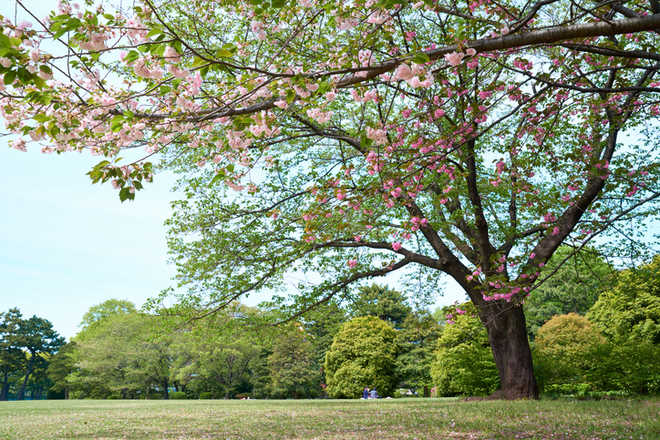London, May 18
Don’t pluck that flower at night for the plant might be sleeping after a long day in the sun, suggests new research that measured the changes in the shape of plants during the day and night cycle.
Most living organisms adapt their behaviour to the rhythm of day and night. Plants are no exception: Flowers open in the morning, some tree leaves close during the night. And while researchers have been studying the day and night cycle in plants for a long time, nobody knew whether trees too go to sleep.
To find out, the team of researchers from Austria, Finland and Hungary measured the movement of fully grown trees using laser scanners. “Our results show that the whole tree droops during night, which can be seen as position change in leaves and branches,” said Eetu Puttonen from Finnish Geospatial Research Institute.
“The changes are not too large, only up to 10 cm for trees with a height of about 5 metres, but they were systematic and well within the accuracy of our instruments,” Puttonen said.
To rule out effects of weather and location, the experiment was done twice with two different trees. The first tree was surveyed in Finland and the other in Austria. Both tests were done close to solar equinox, under calm conditions with no wind or condensation. The leaves and branches were shown to droop gradually, with the lowest position reached a couple of hours before sunrise. In the morning, the trees returned to their original position within a few hours.
However, it is not yet clear whether they were “woken up” by the sun or by their own internal rhythm. The findings appeared in the journal Frontiers in Plant Science.
The researchers noted that laser scanners use infrared light, which is reflected by the leaves. With this scanning technique, a full-sized tree can be automatically mapped within minutes with sub-centimeter resolution. —IANS
Unlock Exclusive Insights with The Tribune Premium
Take your experience further with Premium access.
Thought-provoking Opinions, Expert Analysis, In-depth Insights and other Member Only Benefits
Already a Member? Sign In Now










